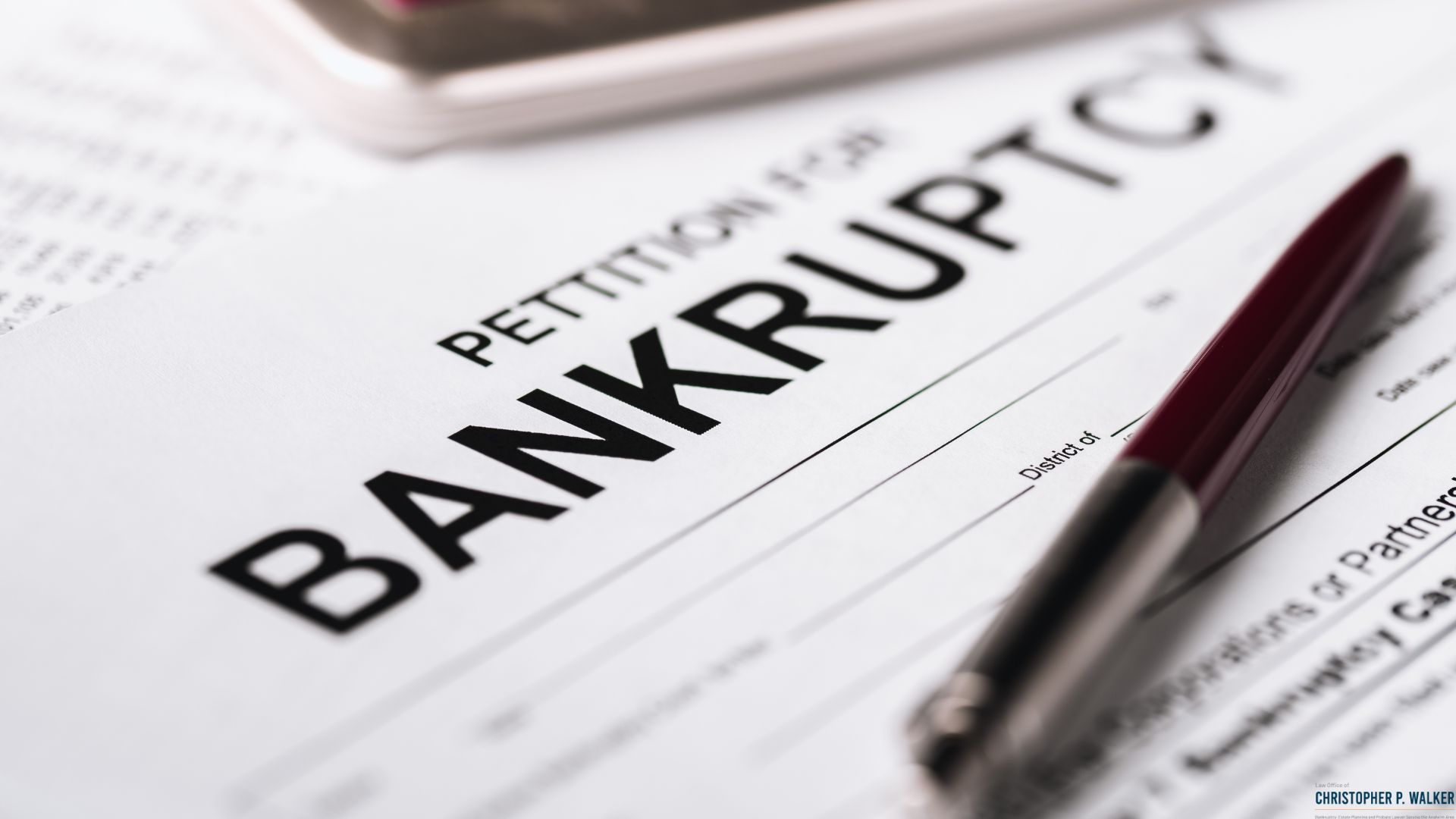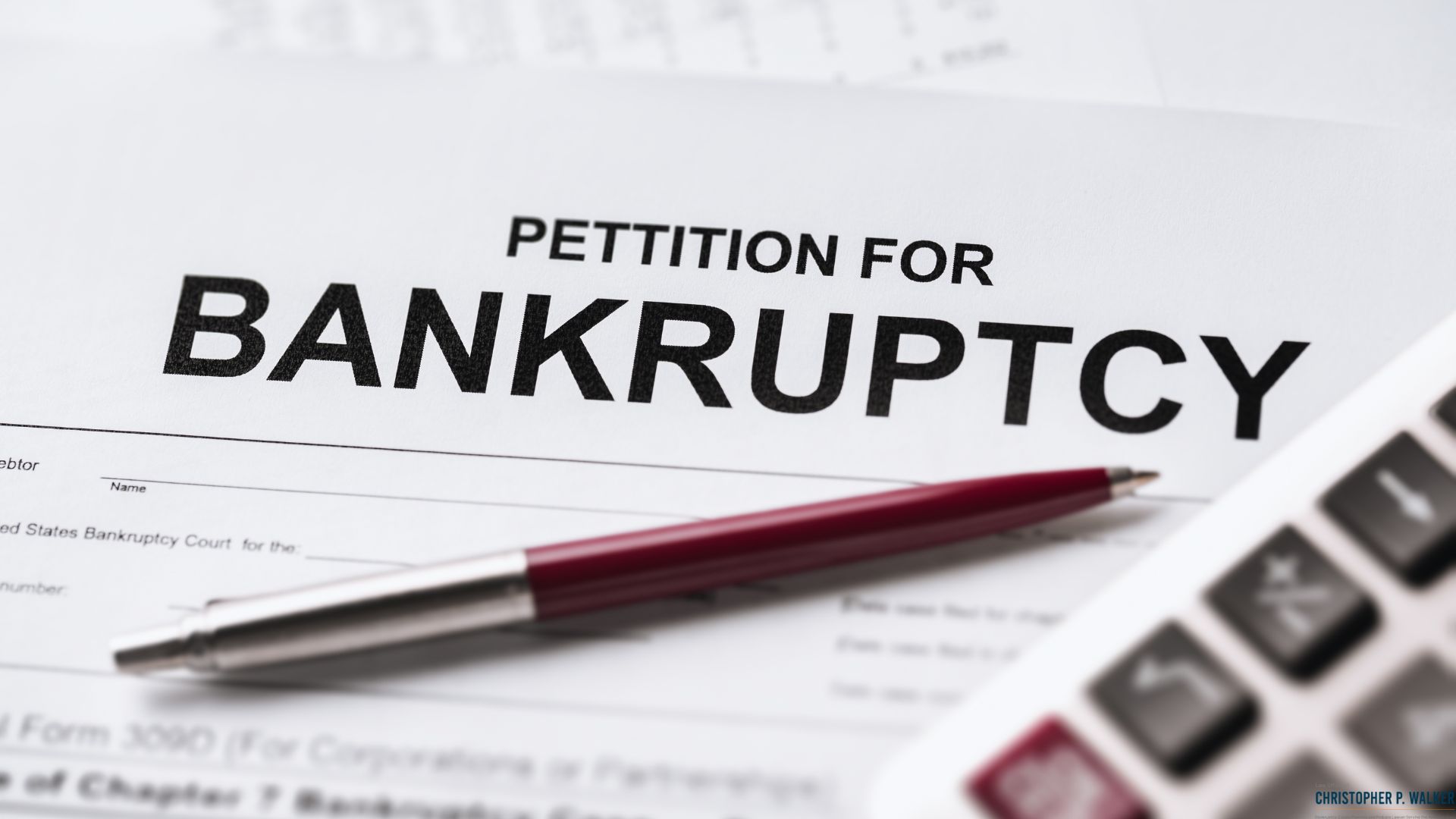California Bankruptcy Process
BANKRUPTCY PROCESS ATTORNEY
HOW TO FILE FOR BANKRUPTCY IN ANAHEIM, CA

By the start of spring, 1 million Californians had already filed for unemployment. As of mid-April, this number almost tripled to 2,824,438. Needless to say, many Californians are worried about their abilities to meet financial obligations without falling into serious debt. People who are already in debt might now wonder how to find their way out. Whether your debt problems started in the past few months or several years ago, bankruptcy Anaheim, California, options can help.
The details of the process for filing bankruptcy differ based on the type of bankruptcy you qualify for or choose to file. Even so, there are some general procedures you might follow regardless of which option you choose.
1. Gather Paperwork
Before you make any decisions regarding bankruptcy, it’s important to consider all the facts. To do this, you need to collect all the documentation you have regarding your financial situation. If professionals handle your financial information, reach out to them for copies of your documents.
You can also get a lot of this information from the mail you kept or via company websites. Look for documents that provide the following:
- Income verification, such as tax returns and paystubs
- Proof of expenses, such as utility bills and rent receipts
- Account statements for debts owed, such as credit card statements
- Asset information, such as statements for 401(k)s and investments
2. Assess the Need
Bankruptcy might immediately come to mind when you realize you are struggling to make ends meet. However, there might be other options available to you that are worth exploring. For some people, cutting back on expenses resolves their financial problems. Selling some assets is another option.
In other instances, people turn to either debt consolidation or debt settlement. Debt consolidation often works best for people who still have great credit, while debt settlement suits people who do not. Consult a professional to learn if either of these may work for you.
3. Know Your Bankruptcy Options
If you decide to proceed with bankruptcy, there are three main options available to you from which you might need to choose. Here is some basic information to help you decide which is best for you:
- Chapter 7: Also known as liquidation bankruptcy, this is the most common option. Note that some assets are exempt and might get spared from the liquidation process.
- Chapter 13: Commonly called the reorganizational plan, this might help you create a repayment plan to keep your property while making payments for 3-5 years.
- Chapter 11: This is similar to Chapter 13 but is created for people with a higher-than-normal debt load and for businesses.
4. Attend Credit Counseling
Before filing for bankruptcy in California, there is a mandatory counseling course you need to complete. Ensure that you choose a course from a reputable and approved organization. The course is usually not free, but it is not expensive.
Professionals advise that anything more than $50 should prompt some shopping around. Approved nonprofits might provide courses for as low as $18.
5. File a Claim
Some forms are self-explanatory and easy to fill out, but not all of them are. For instance, in California, districts sometimes have their own Chapter 7 forms. If you have a complex financial situation, working with a professional is a good idea.
Several factors might add complexities. For instance, you might share assets with a spouse or business partner who is not part of the bankruptcy process. Note that there is also a filing fee, but some people might get this waived.
6. Work With a Trustee
After filing for bankruptcy, a trustee gets assigned to your case. You might then need to mail the documents you gathered at the start of this process to the individual. Bankruptcy filers are generally required to comply with a trustee’s requests, so it is often best to cooperate.
The trustee reviews the submitted documents to verify that the information included in your application is correct. They also help ensure the bankruptcy process is fair.
7. Attend the Hearing
After the trustee completes the review, you receive a court hearing date. For this hearing, you need proof of your Social Security number and proof of identification. The trustee might have several follow-up questions regarding the information submitted.
Your creditors receive invitations for your hearing, but they rarely show up. Creditors are more likely to attend the meeting if the debt load is high or they suspect fraudulent activities. If present, they are allowed to ask questions.
8. Follow Court Ruling
At the end of the hearing, the court provides its final decision regarding the bankruptcy filing. For people who file for Chapter 7 bankruptcy, this is almost the end of the road. Assets get liquidated, and they begin the process of rebuilding.
For people who file for reorganization bankruptcy, they now need to ensure they keep up with payments for up to five years. Failure to do so might lead to forfeiting the bankruptcy protections or allowances.
9. Attend Second Debt Class
There is typically no need to wait until after the debt gets discharged to complete this course. Some people complete this even before attending the hearing to get it out of the way. The important things to remember are that it’s mandatory and you need to file a 423 form with the court to notify them it’s completed.
This course teaches the basics of financial management. The general goal is to help ensure you never need to file for bankruptcy again.
10. Move Forward

Whether your debts get discharged immediately or after 3-5 years, the final important step is moving on. Regaining the trust of creditors might take some time, but it is not impossible. Many people return to cash budgeting and use secured cards to rebuild their credit scores and get back on track.
To get to this point, you may need professional help. Bankruptcy Anaheim, California, services are only a phone call away. Chris Walker is here to help protect the assets you worked so hard to earn. We work with you to come up with a specific plan that meets your needs. To find out what option you qualify for and how to proceed, give us a call at 714-695-5852.
From Our Clients
After years of putting off doing a will... we now can rest assured our family estate is legal and ready when we need it.
I found Mr. Walker on the net and am confident to recommend him for legal matters. Office staff was very attentive.
Hurray we finally did it!!!
- Tess
I've been through difficult times so I hired Mr. Christopher Walker to help me, I am very impressed the way he does business. He explains everything in a very professional way he did excellent job for me. I don't know many attorneys out there that answer they're office phone but he does and he returns calls quickly.
- Carlos C.
I have been working with Chris for at least 5 years. He helped us with our Trust. He is transparent and listens. I would recommend him highly.
- Octavio N.
I am not a man known for being a word smith so I am going to put it simply. The hardest year of my life has finally ended on a very high and happy note. Mr. Walker and Laurie are the best partners anyone could ask. They work tirelessly and made the difficult confusing process easy to understand and the clouds have now cleared! Thanks for everything.
- Justin C.
HOW TO REACH US
My law firm is a debt relief agency. I help people file for bankruptcy relief under the Bankruptcy Code.
Let’s Talk About Your Unique Situation, Goals And Needs
Your Initial Consultation Is Free.

